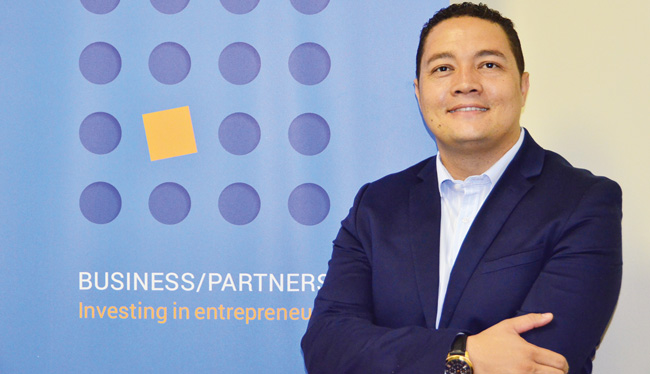
Companies have a distinct need to take innovation out of the business-as-usual model

By Rikus Grobler, www.nis.co.na, [email protected].
In the previous delivery I discussed the phenomenon of humans’ inherent bias against uncertainty and its influence on suggesting and implementing of new ideas. Novel ideas challenge the existing ways of doing things and this makes people uncomfortable and therefore naturally biased against change.
However, change does happen, otherwise we would still be living in caves and hunting with spears.
As a scholar of innovation I am always on the lookout for new and better ways of overcoming the challenge of resistance to novel ideas that can make things better. So, I’ve picked up in the innovation literature that more and more authors, consultants and thought leaders are in support of a “dual system” for innovation in organisations, meaning to take innovation out of the core of the business and pursue innovation “outside” of the business.
I am also a proponent of this model and although I have yet to see it in action in Namibia, I have been investigating and making an argument for this way of innovation for quite a while now. But let me set out the argument for a dual system of innovation in this delivery.
A dual system for innovation
The case for taking innovation out of the core or “business-as-usual” in an organisation is simple: – the whole system is rigged against innovation.
Mainstream “business-as-usual” activities like manufacturing and marketing are often the key to current success with organisational processes built around stability, efficiency and profitability in generating cash flow. Processes are developed “programming” mainstream business units to perform routines, formalise structures and not to think outside the box. This does not mean it is wrong. For a business to thrive and survive in a competitive environment, consistency and efficiency in delivering products and services are certainly crucial.
However, businesses also have to stay competitive by further improving their products and services and adding value for their customers. This means that managers need to coordinate daily mainstream operations, while also cultivating innovation and change within their organisations. Paradoxically, the need to manage mainstream competencies efficiently is often seen as hampering the development of successful innovation.
Consistency and efficiency are the enemies of trying something new and different. Therefore, when a business is weighing decisions about what to do to stay competitive, it will make the safest bet, even if it means only slightly incremental growth. It will also judge all concepts through the lenses of Legal, Finance etc. departments and existing sales and distribution channels. This approach usually includes bloated business cases, fully thought-out programmes that forecast likely scenarios, and months of expensive market research that reinforce the argument.
Some companies found this cycle to cripple their value creation efforts. To encourage new business concepts and new business models, they have adopted a “Dual System” structure.
One system is the core business – and that goal is efficient management. Typical business metrics apply to the core system.
The other system is innovation – responsible for generating new products, services, and streams of new revenue. The innovation system not only conceives of innovation, but tests the concepts in the market, commercialising them much differently than the core business would, and without all the enterprise bloat and inertia. The innovation system is “detached” from the core system, because if you want to try new and different things, it does not make sense to do it under the rules and operating mode of the system that promotes efficiency and consistency.
Next Time
I have laid out an argument for the “dual system” of innovation. To make it practical, I will follow up in the next delivery with a “game plan” of how to actually achieve this. The implementation strategies will obviously not be the same for different organisations but the good news is that many organisations are already doing this and there are some lessons that can be learned from the mistakes they made.
I conclude with a simple, but oh so very true quote from Russell L. Ackoff: “The more efficient you are at doing the wrong thing, the wronger you become”.











































